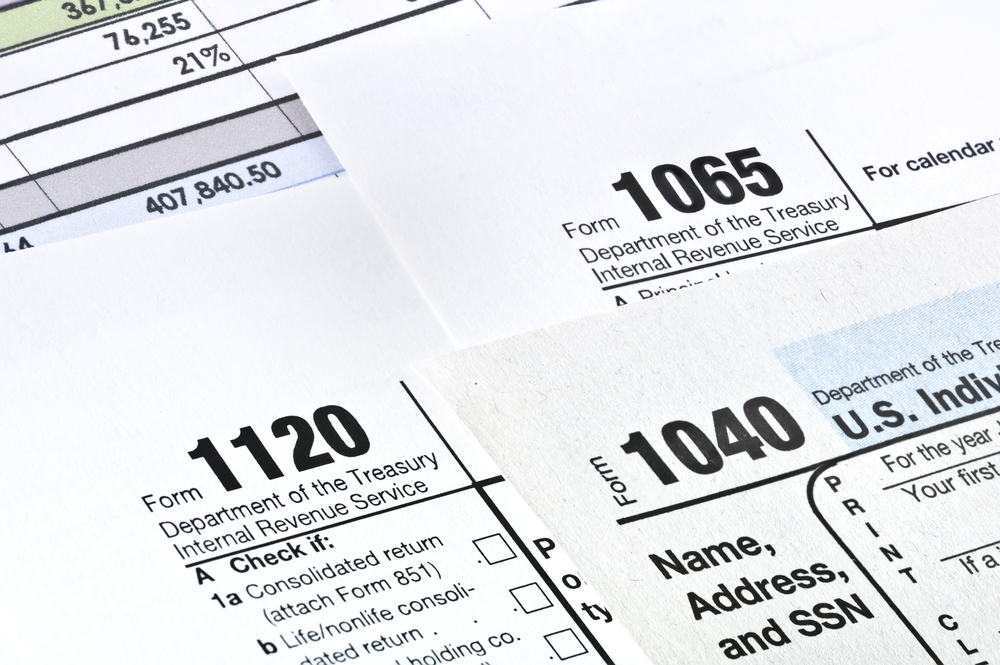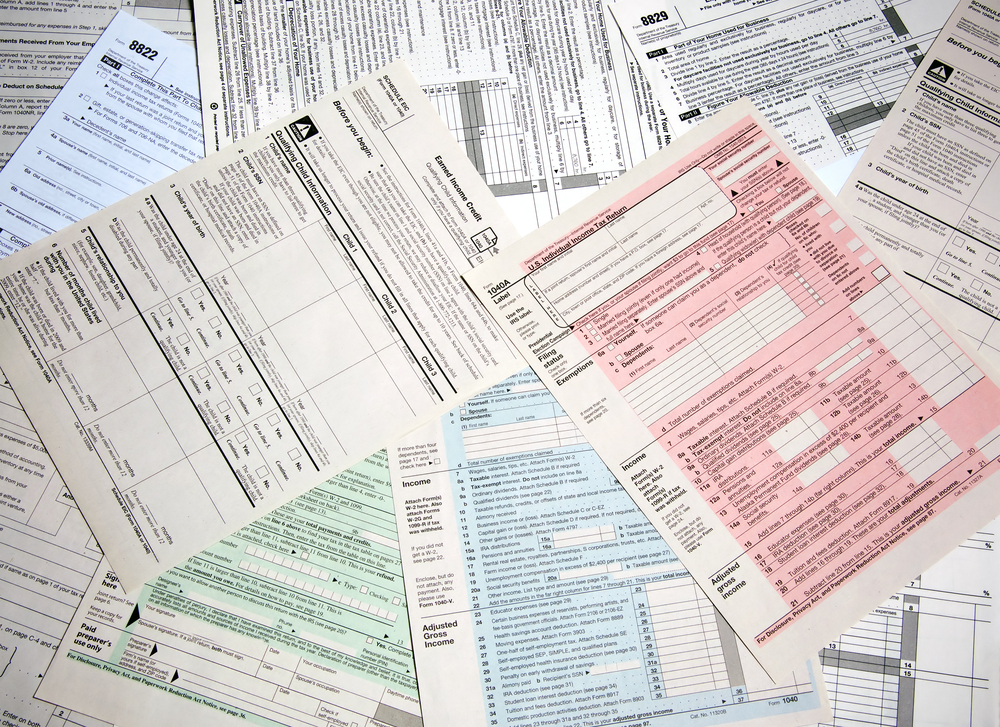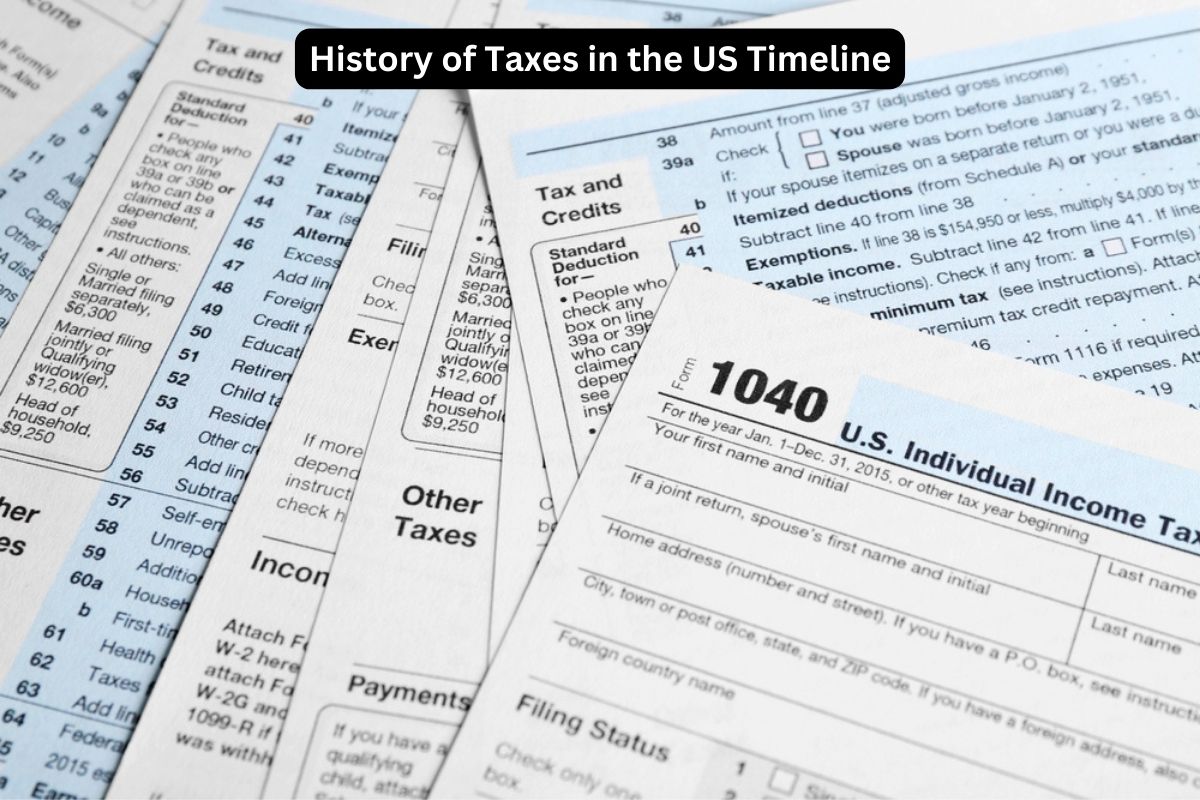The history of taxation in the United States is a dynamic narrative marked by pivotal events and legislative changes that have shaped the nation’s fiscal landscape.
From its early colonial struggles against British taxation to the modern complexities of tax reform and policy, this overview provides a glimpse into key moments and developments that have defined the American approach to taxation.
Understanding this history sheds light on how the U.S. tax system has evolved to meet the needs and challenges of a growing nation over the centuries.
| Year | Event |
|---|---|
| 1765 | Stamp Act |
| 1773 | Boston Tea Party |
| 1776 | Declaration of Independence |
| 1787 | U.S. Constitution |
| 1791 | Whiskey Rebellion |
| 1812-1815 | War of 1812 |
| 1862 | Revenue Act of 1862 |
| 1872 | Income Tax Repeal |
| 1894 | Wilson-Gorman Tariff Act |
| 1895 | Supreme Court Ruling |
| 1913 | 16th Amendment |
| 1913 | Federal Income Tax |
| 1935 | Social Security Act |
| 1943 | Current Withholding System |
| 1969 | Alternative Minimum Tax (AMT) |
| 1981 | Reagan Tax Cuts |
| 1986 | Tax Reform Act |
| 2001 | Bush Tax Cuts |
| 2010 | Affordable Care Act (ACA) |
| 2017 | Tax Cuts and Jobs Act |
Timeline of the History of Taxes in the USA
1765: Stamp Act
The Stamp Act of 1765 was one of the earliest and most controversial taxes imposed by the British Parliament on the American colonies.
It required colonists to purchase special stamped paper for printed materials, including newspapers, legal documents, and playing cards. The revenue generated from the tax was intended to help cover the costs of maintaining British troops in the American colonies.
However, colonists viewed it as a direct violation of their rights and protested the tax vehemently. The phrase “No taxation without representation” became a rallying cry, as the colonists argued that they had no representation in the British Parliament, which was imposing these taxes.

1773: Boston Tea Party
The Boston Tea Party, which occurred on December 16, 1773, was a pivotal event in the lead-up to the American Revolution.
The British government had passed the Tea Act, which granted the British East India Company a monopoly on tea sales in the American colonies and allowed them to sell tea directly to the colonists at a reduced tax.
However, this act was seen by many colonists as a violation of their rights and an attempt to establish the principle that Parliament could tax the colonies without their consent.
In protest, a group of colonists, disguised as Native Americans, boarded British ships and dumped an entire shipment of tea into Boston Harbor.
1776: Declaration of Independence
On July 4, 1776, the Continental Congress adopted the Declaration of Independence, which formally declared the thirteen American colonies’ independence from British rule.
Thomas Jefferson’s famous words in the Declaration included the assertion that governments derive their power from the consent of the governed.
This document encapsulated the colonists’ grievances against British taxation without representation and marked the beginning of the American Revolutionary War.
1787: U.S. Constitution
The U.S. Constitution, drafted in 1787 and ratified in 1788, established the framework for the federal government of the United States.
It granted Congress the power to “lay and collect Taxes, Duties, Imposts, and Excises” and specified that taxation must be done based on a census or enumeration of the population.
The Constitution created a federal system where the federal government had certain taxing powers, while the states retained others, setting the stage for a dual taxation system.
1791: Whiskey Rebellion
The Whiskey Rebellion was a violent protest against the federal government’s excise tax on whiskey. The tax was part of Alexander Hamilton’s plan to reduce the national debt and establish the authority of the federal government. However, it disproportionately affected western farmers who relied on whiskey production.
In 1794, a group of rebels in western Pennsylvania, angered by the tax, engaged in acts of resistance and even violence. President George Washington personally led a federal militia to suppress the rebellion, demonstrating the federal government’s willingness to enforce its tax laws and maintain order.

1812-1815: War of 1812
The War of 1812, often referred to as the second war for independence, was a conflict between the United States and Great Britain.
To finance the war effort, the U.S. government imposed various taxes, including increased customs duties and a direct tax on land and property. These taxes were essential for funding military operations and bolstering national defense.
The war had significant consequences for U.S. sovereignty and national identity, leading to events like the burning of Washington, D.C., and the composition of the national anthem, “The Star-Spangled Banner.”
1862: Revenue Act of 1862
The Revenue Act of 1862, signed into law by President Abraham Lincoln during the American Civil War, introduced the first federal income tax in the United States.
It was implemented to help fund the war effort. The tax applied a 3% rate to incomes over $800 (later revised to $600) and played a crucial role in financing the Union’s military operations during the conflict.
1872: Income Tax Repeal
In 1872, the federal income tax, which had been introduced during the Civil War, was repealed. The need for revenue had diminished as the war had ended, and there was a desire to reduce the federal government’s involvement in taxation.
1894: Wilson-Gorman Tariff Act
The Wilson-Gorman Tariff Act of 1894 reinstated the federal income tax. This tax was part of an effort to reduce the high protective tariffs that had been in place for many years.
The income tax imposed rates ranging from 2% to 5% on higher incomes and was intended to provide a more equitable source of revenue for the federal government.
1895: Supreme Court Ruling
In the case of Pollock v. Farmers’ Loan & Trust Co. (1895), the U.S. Supreme Court ruled that the federal income tax as imposed by the Wilson-Gorman Tariff Act was unconstitutional.
The court held that it violated the Constitution’s provision that direct taxes must be apportioned among the states according to their populations. This decision led to the repeal of the income tax.
1913: 16th Amendment
The 16th Amendment to the United States Constitution was ratified on February 3, 1913. It granted Congress the authority to levy and collect income taxes on individuals and businesses without apportionment among the states.
This amendment effectively overturned the Supreme Court’s previous ruling in Pollock v. Farmers’ Loan & Trust Co. (1895) and established the legal foundation for the modern federal income tax.

1913: Federal Income Tax
In the same year that the 16th Amendment was ratified, the federal government implemented the first modern federal income tax.
The initial tax rates ranged from 1% to 7% on incomes over $3,000 (equivalent to about $78,000 today). This tax was designed to be progressive, meaning higher incomes were taxed at higher rates.
1935: Social Security Act
The Social Security Act of 1935 was a landmark piece of legislation signed into law by President Franklin D. Roosevelt. While not primarily a tax, it established the Social Security program, which is funded through a payroll tax.
Workers and employers contribute to the Social Security trust fund through payroll deductions, and beneficiaries receive retirement, disability, and survivor benefits. This program played a crucial role in providing economic security for American citizens during their retirement years.
1943: Current Withholding System
In 1943, during World War II, the U.S. government introduced the current withholding system for income and payroll taxes. This system requires employers to withhold a portion of an employee’s pay and remit it directly to the government on the employee’s behalf.
This approach ensures a consistent stream of revenue for the government throughout the year and simplifies the tax collection process.
1969: Alternative Minimum Tax (AMT)
The Alternative Minimum Tax (AMT) was introduced in 1969 to ensure that high-income individuals and corporations pay a minimum amount of federal income tax.
The AMT operates alongside the regular income tax system and includes a set of rules that limit certain deductions and credits.
Taxpayers must calculate their tax liability under both the regular tax system and the AMT and pay the higher of the two amounts. The AMT was initially designed to prevent high-income individuals from using excessive tax deductions and loopholes to avoid paying income tax.
1981: Reagan Tax Cuts
In 1981, President Ronald Reagan signed the Economic Recovery Tax Act into law. This act was a significant piece of tax legislation that included substantial tax cuts for both individuals and corporations. The goal was to stimulate economic growth by reducing tax rates.
Key provisions of the act included across-the-board cuts in individual income tax rates and accelerated depreciation for businesses. These tax cuts are often associated with Reagan’s supply-side economic policies and the idea of “trickle-down economics.”
1986: Tax Reform Act
The Tax Reform Act of 1986 was a major overhaul of the U.S. tax code signed into law by President Ronald Reagan. It simplified the tax code, reduced tax rates, and eliminated many tax deductions and loopholes.
The act lowered the top individual income tax rate from 50% to 28%, broadened the tax base, and increased the standard deduction. The goal was to make the tax system fairer and more efficient, while also generating revenue to offset some of the revenue losses from the 1981 tax cuts.
2001: Bush Tax Cuts
President George W. Bush signed the Economic Growth and Tax Relief Reconciliation Act of 2001 into law. This act was a series of tax cuts aimed at stimulating economic growth following the economic downturn of the early 2000s.
It lowered individual income tax rates, increased the child tax credit, and reduced estate taxes. The tax cuts were implemented over several years, with some provisions set to expire in the future.
2010: Affordable Care Act (ACA)
The Affordable Care Act, often referred to as “Obamacare,” was signed into law by President Barack Obama in 2010. While primarily a healthcare reform law, it included several tax-related provisions.
The ACA introduced the individual mandate, which required most Americans to have health insurance or pay a penalty. It also imposed the Net Investment Income Tax (NIIT) on high-income individuals’ investment income and established the Medicare surtax on earned income for high earners.
2017: Tax Cuts and Jobs Act
The Tax Cuts and Jobs Act (TCJA) was signed into law by President Donald Trump in 2017. This sweeping tax reform legislation made significant changes to the tax code.
It lowered individual and corporate tax rates, nearly doubled the standard deduction, limited certain deductions (such as state and local tax deductions), and introduced a variety of changes affecting businesses.
The TCJA aimed to boost economic growth and simplify the tax code but also generated debates about its impact on income inequality and government revenues.
